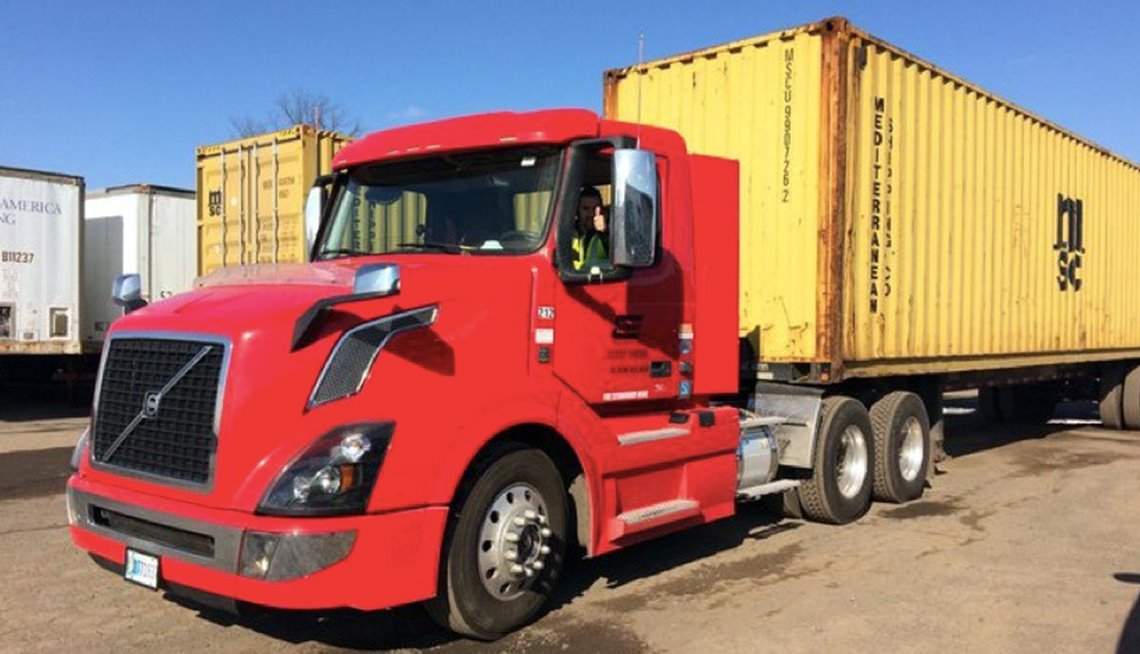
The freight market’s supply side suffered in 2020 not because of the scarcity of equipment, but mainly due to the shortage of drivers. This shortage of truck drivers has put the trucking industry in a position to chase rate increase for atleast next 2 years.
What are the Reasons behind Truck Driver Shortages?
Coronavirus raged around the world since the beginning of 2020. Due to this, many countries entered lockdown from March and April, which restricted their economic activities and affected the people who work outside such as truck drivers. According to the market insights leader, Paul Kroes, less than 80,000 truck drivers are available this year. Because of the unemployment benefits, drivers have discovered that they are earning more by staying home, which has “couched” a lot of drivers and now they are not interested in going to their truck driving jobs. It has further led to truck driver shortages. It clearly explains that the driver shortage is driving the current environment.
The CDL Drug and Alcohol Clearinghouse removed 40,000 drivers – about 1% of the driving force – from January to September due to failed drug test, which led to further driver shortages. Additionally, industry saw a drop of 40% drop in CDL training due to closures – about 20% of truck schools got closed. In the third quarter of the last financial year, there were not enough truck drivers to do the work as per the charts shown in a webinar by Paul Kroes, market insights leader.
Another significant factor contributing to the shortage of truck drivers is a record migration from fleet payrolls to owners-operators to chase opportunities for higher pay in the spot market.
What do Market Analysis say about the Trucking Industry?
According to the market analyses by FTR of new motor carrier registrations, there has been an increase of nearly 10,000 in the third quarter, which is an all-time record.
Ever since the pandemic hit the trucking industry, the demand for this industry just fell. Although it recovered in the third quarter as its supply chains were replenishing inventories.
The facts published in the U.S. Census Bureau have stated that sales to inventory ratios have become lower than at any point in the last five years.
In the third quarter of the U.S. financial year, the publicly traded carriers showed record price to earning ratios. Most carriers have been ordering equipment because of the likelihood of tight capacity expected to remain throughout 2021. Trailer orders hit a record amount of 50,000 units.
How the Lack of Manpower led to Container Shortages at Sea?
Amidst the pandemic, the logistics industries also witnessed the problem of container shortage. This problem impacted the manufacturers, retailers and trading companies as well.
The lockdown reduced the number of port laborers which further brought down the speed of cargo handling. Some factories closed temporarily which caused a large number of containers to be stopped at port. As the movement of cargos got limited, shipping lines reduced the number of ships to stabilize the cost and to maintain the ocean freight.
Why the attempts to Solve the issue of Container Shortages are getting failed due to Shortage of Drivers
In order to solve the issue of container shortages, shipping lines are reducing free time and detention period. They established a system to quickly collect containers, unload cargo and return the containers. However, due to Coronavirus, currently there is a lack of manpower and chassis. The containers are being collected at port to take them inland, but they do not return for a long time due to manpower issues at the consignee.
Due to shortage of drivers, they are unable to bring the containers back quickly. Therefore, there is a lack of chassis to collect containers from the port. These reasons are causing more containers to be stopped at the port. It usually takes about 1-2 days to return empty containers and chassis, whereas, currently, they may not return for over a week. These problems are making the situation worse and has led to serious lack of containers.
According to media reports, these problems might be solved in March 2021. However, the impact of coronavirus could slow down cargo handling even more. This is the first time we have encountered the impact of container transportation under such a pandemic, therefore, it is very difficult to make a forecast. However, only the distribution of Covid-19 vaccine can fully determine whether or not the economy will completely recover.

